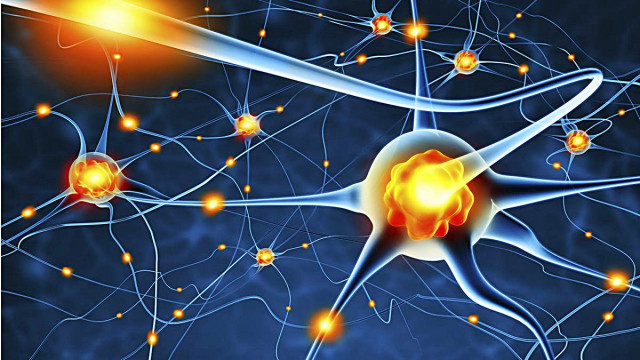Our amazing brain

The central nervous system is covered by three meningeal layers, the dura mater, the arachnoid and the pia mater. They fulfill several functions among which the one to protect the encephalic content and to avoid that it is hurt by movements of acceleration and deceleration. The outermost of these, in turn the thickest and therefore the most resistant, is the dura mater. This, in turn, is divided into two portions, the endoscopic and the meningeal. The first layer is closely related to the inner face of the bones of the skull and the other layer to the encephalon.
This meningeal portion is divided into four points which are: the sickle of the brain, the cerebellum tent, the cerebellum sickle, and the diaphragm of the Turkish saddle. These folds are responsible for incompletely dividing the two cerebral hemispheres and also separate the cerebellum from the hemispheres. Histologically, the dura is composed of fibers of type one collagen, which in its intracranial portion follow a mainly longitudinal direction, as well as oblique and transverse, distribution that gives its already mentioned characteristics.
The enervation of the hard mother is given by different branches of different nerves, such as the meningeal recurrent nerve, which is the collateral branch of the mandibular portion of the trigeminal; the meningeal branch of the tenth cranial nerve, which will give innervation to the portion of the posterior cranial fossa and branches of the first three cervical spinal nerves. (fifteen)
In addition, inside the dura mater blood vessels can be found, which can be injured and give rise to pathologies such as subdural hematoma. The irrigation of the same is given by different branches that arise from the internal carotid arteries with the meningeal branch of the meningohypophysitic trunk emerging from the cavernous segment, the maxillary with its middle meningeal branch (which has a high clinical importance), the pharyngeal ascending, occipital and vertebral. As for the venous drainage, the meningeal veins accompany the arteries in their course and are in the endoscopic layer of the hard mother. In addition, the venous sinuses are important structures since in them the venous drainage converges to later leave the encephalon. These are immersed between the dural layers and are covered by endothelium.
Escribe tu comentario